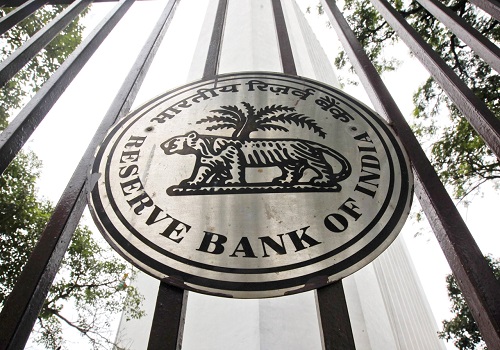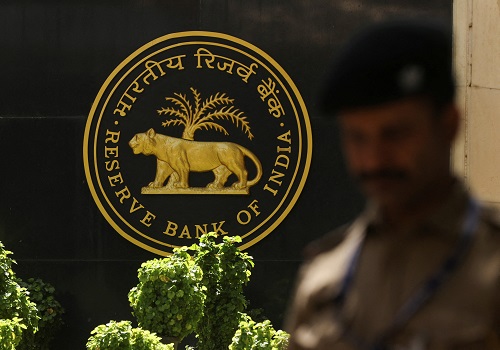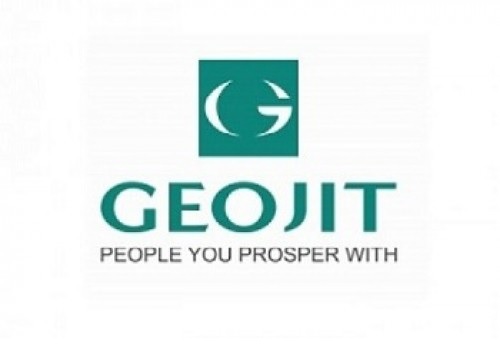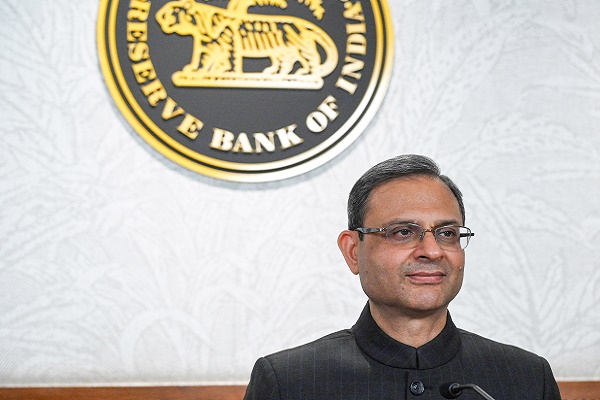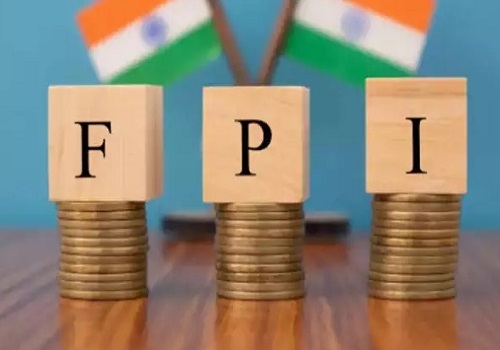India to Outpace G7 in GDP Growth by 2030, Says Equirus Report — Calls for Rethink on Traditional Asset Allocation Models

Equirus, one of India’s leading multi-family and private wealth offices managing USD?2.2?billion across HNIs, Ultra-HNIs and the mass-affluent segment, today released a landmark report titled: “India to Outpace G7 – Can Domestic Resilience Outpace Global Volatility? Decoding Wealth, Asset Allocation, and Market Strategy in 2025” asserting India's position as a frontrunner in the global economic realignment.
According to the report global capital can no longer overlook India's structural economic advantages, as the nation is poised to significantly outpace G7 economies in growth. The report identifies strong macro fundamentals, policy-led capital expenditure, a resurgence in rural consumption, and structural manufacturing shifts as key long-term drivers of India's growth and alpha generation.
“India is no longer the world’s fastest-growing economy just on paper — it is structurally better positioned than most G7 nations. That’s a seismic shift,” said Mitesh Shah, CEO, Equirus Credence Family Office.
He further added: "The global macro regime is shifting. US growth has been revised down sharply, and while India is projected to contribute over 15% to global GDP growth (2025– 2030), traditional 60/40 portfolios are breaking down. In this new regime, strategic asset allocation across geographies and growth cycles isn’t optional — it’s the alpha generator."
India is benefiting from structural trends: rural FMCG demand outpacing urban (6% vs 2.8%), policy-led capex rising 17.4%, and Rs.2.5 lakh crore liquidity infusion underway.
Key Findings from the Equirus Report:
* Global Growth Catalyst : India is projected to contribute over 15% of global incremental GDP (2025-2030) will come from India—more than Japan, Germany and the entire G7 combined
* Significantly outpacing Japan (less than 1%) and Germany (just over 1.3%). Bangladesh is even forecast to surpass Japan in contribution
* Rural Consumption Drives Recovery: FMCG demand in rural India grew 6%, outstripping urban markets at 2.8%. The monthly per capita expenditure gap between rural and urban households has narrowed from 84% to 70% over the last decade
Reassessing the 60/40 Portfolio Paradigm:
The report challenges the viability of the long-standing 60/40 portfolio strategy— historically seen as the gold standard for diversified investing.
* In 2022, the S&P 500 dropped 18.1%, while US bonds declined by 13%, marking the worst combined performance since 1937
* Rising correlations between equities and bonds are undermining passive diversification models
* In today’s volatile and fragmented global regime, strategic asset allocation is no longer optional — it is essential for capital preservation and alpha generation
* The report urges investors to adopt a more dynamic and forward-looking asset allocation approach—one that spans geographies, sectors, and growth cycles. With India emerging as a structural outperformer, the firm sees the country’s multi-engine growth—driven by rural consumption, capex, and supply chain shifts—as a compelling opportunity for both capital preservation and long-term alpha generation.
Global & Domestic Factors Reinforcing India’s Advantage:
* Favorable Global Environment: The Dollar Index (DXY) has declined approximately 6% from its 2025 peak, and crude oil remains stable at $70/barrel, easing India's import bill pressure.
* Supply Chain Diversification: While the 'China +1' narrative is evolving, concrete shifts are emerging. As multinational firms like Apple diversify away from China, shifting iPhone production to India benefits from cost efficiencies, lower attrition, and geopolitical alignment.
* Policy-led capex boom: Central-plus-state capital expenditure is set to jump 17.4?% post-election, backed by a Rs.2.5?lakh?crore liquidity infusion via phased CRR cuts. The monthly per capita expenditure gap between rural and urban households has narrowed from 84% to 70% over the last decade
Policy-Led Tailwinds:
* A synchronized post-election policy cycle is underway:
* Central and state capital expenditure is expected to grow 17.4%
* The RBI has infused Rs.2.5 lakh crore in liquidity through phased CRR cuts
* GST revenues grew 12.6% YoY in early 2025, signalling robust consumption
Above views are of the author and not of the website kindly read disclaimer
